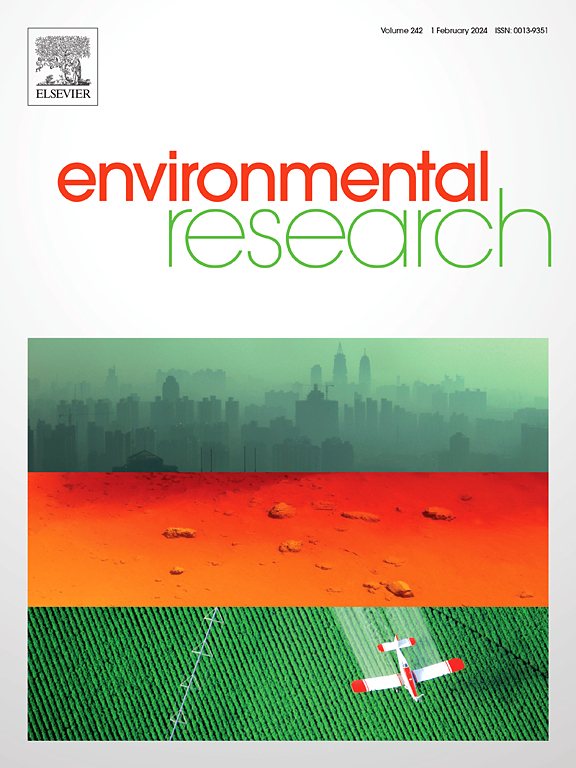Construction of low-toxicity cadmium sulfide/nitrogen-doped muti-walled carbon nanotubes for peroxymonosulfate activation: The crucial role of electron transfer
IF 7.7
2区 环境科学与生态学
Q1 ENVIRONMENTAL SCIENCES
引用次数: 0
Abstract
Cadmium sulfide is widely employed in environmental catalysis due to its excellent catalytic behaviors. However, the inherent toxicity and leaching risk of CdS-based catalyst presents significant challenges for practical applications. This study explored the incorporation of CdS nanowires on the nitrogen-doped multi-wall carbon tubes (N-MWCNTs) substrate to minimize the leaching rate and mitigate the bio-toxicity by regulating the electron transfer process. The low bio-toxicity of CdS/NMWCNT was confirmed by s series of toxicity tests. Additionally, the catalytic performance could be further enhanced with the high conductivity under the interfacial inner-electronic field. Results showed that the TC (20 mg/L) removal efficiency reached 90.31% within 30 min by PMS activation. Moreover, the PMS activation process, unveiled by In-situ Raman, quenching tests, and EPR spectra, demonstrated the improved TC removal efficiency was ascribed to the dominated roles of •OH, SO4•- and O2•-. DFT calculations further conducted the “NMWCNT-CdS-PMS” electron transfer pathway, thus effective activating PMS and protecting the CdS from oxidation. The findings provide a theoretical basis for designing and synthesizing unstable metal catalysts for the removal of emerging organic contaminants from wastewater with PMS activation.

低毒性硫化镉/氮掺杂多壁碳纳米管的构建:电子转移的关键作用。
硫化镉因其优异的催化性能在环境催化中得到了广泛的应用。然而,cd基催化剂的固有毒性和浸出风险对其实际应用提出了重大挑战。本研究探索在氮掺杂多壁碳管(N-MWCNTs)衬底上掺入CdS纳米线,通过调节电子转移过程来降低浸出率并减轻生物毒性。5个系列的毒性试验证实了CdS/NMWCNT具有较低的生物毒性。此外,在界面内电子场作用下的高电导率可以进一步提高催化性能。结果表明:PMS活化30 min内对20 mg/L TC的去除率达90.31%;此外,原位拉曼、淬火试验和EPR光谱揭示了PMS的活化过程,表明TC去除效率的提高归因于•OH、SO4•-和O2•-的主导作用。DFT计算进一步进行了“NMWCNT-CdS-PMS”电子转移途径,从而有效激活PMS,保护CdS不被氧化。研究结果为设计和合成不稳定金属催化剂用于PMS活化去除废水中新出现的有机污染物提供了理论依据。
本文章由计算机程序翻译,如有差异,请以英文原文为准。
求助全文
约1分钟内获得全文
求助全文
来源期刊

Environmental Research
环境科学-公共卫生、环境卫生与职业卫生
CiteScore
12.60
自引率
8.40%
发文量
2480
审稿时长
4.7 months
期刊介绍:
The Environmental Research journal presents a broad range of interdisciplinary research, focused on addressing worldwide environmental concerns and featuring innovative findings. Our publication strives to explore relevant anthropogenic issues across various environmental sectors, showcasing practical applications in real-life settings.
 求助内容:
求助内容: 应助结果提醒方式:
应助结果提醒方式:


